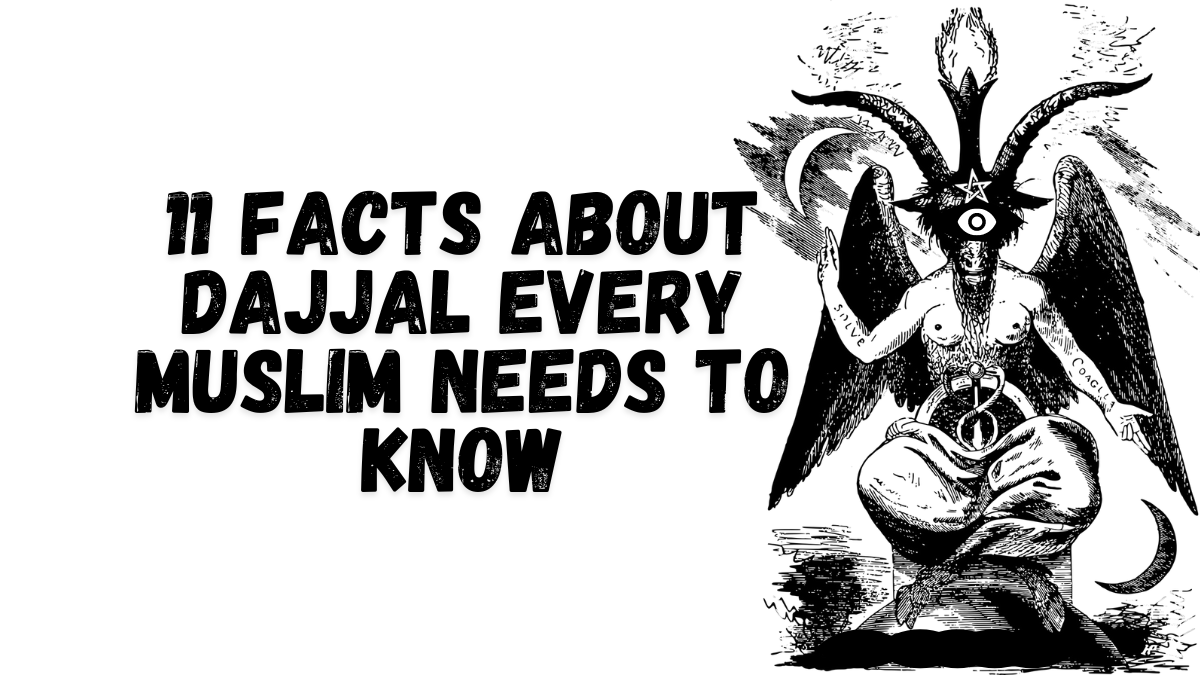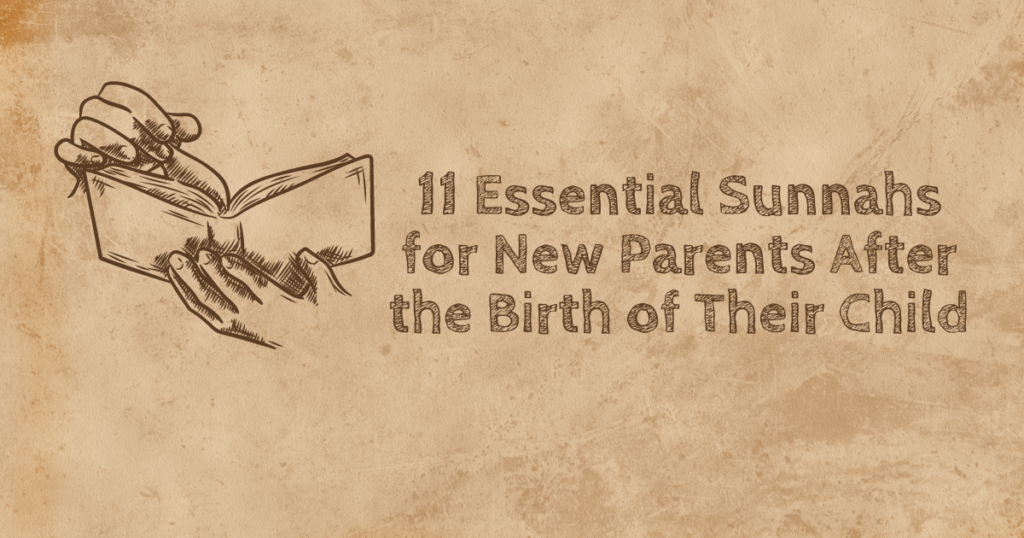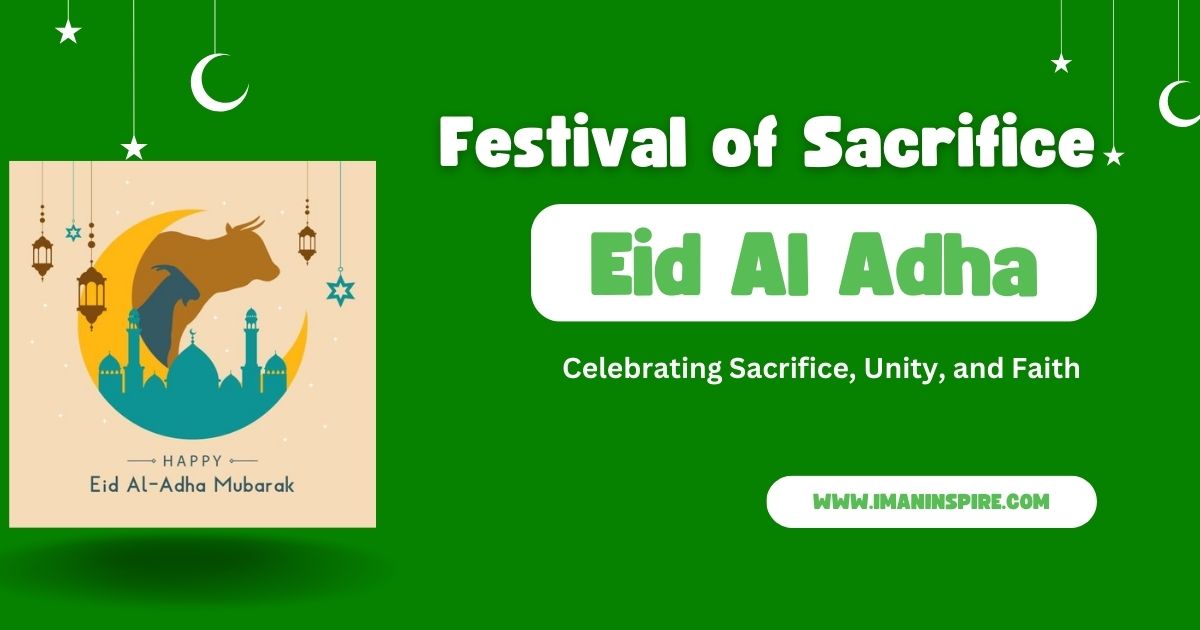
Introduction Festival of Sacrifice Eid ul-Adha
Eid ul-Adha, also known as the Festival of Sacrifice, is one of the most significant Islamic holidays celebrated worldwide. The Hajj pilgrimage visit to Mecca commemorates the willingness of Prophet Ibrahim (Abraham) to sacrifice his son Ismail (Ishmael) as an act of obedience to God’s command. However, before he could carry out the sacrifice, God intervened and provided a ram to sacrifice instead.
The essence of Eid ul-Adha lies in the spirit of sacrifice, faith, and obedience to God’s will. It is a time for Muslims to reflect on the values of selflessness, devotion, and submission to God’s commands. The day is also an occasion for Muslims to strengthen their bonds with family, friends, and the wider community through acts of charity, sharing meals, and exchanging greetings and gifts.
Central to Eid ul-Adha celebrations is the ritual of Qurbani, where Muslims sacrifice an animal, typically a sheep, goat, cow, or camel, as a symbol of Ibrahim’s willingness to sacrifice his son. The meat from the sacrificed animal is divided into three parts, one for the family, one for relatives and friends, and one for the less fortunate people, underscoring the importance of sharing and caring for those in need.
Eid ul-Adha serves as a reminder of the importance of faith, compassion, and generosity in Islam, and it brings together Muslims from diverse backgrounds to celebrate their shared beliefs and values. It is a time of joy, gratitude, and spiritual renewal, fostering unity and solidarity within the Muslim community and beyond.
Significance in Islam
Eid ul-Adha holds immense significance in Islam, representing profound theological themes and serving as a testament to the faith’s core values. This is the act of obedience demonstrated by Prophet Ibrahim (Abraham) towards Allah (God). Ibrahim’s unwavering commitment to carrying out Allah’s command, even when it involved sacrificing his beloved son Ismail (Ishmael), serves as a powerful example of submission and trust in divine will.
Moreover, Eid ul-Adha underscores the concept of sacrifice as a central tenet of Islam. The willingness of Ibrahim and Ismail to sacrifice what was most precious to them illustrates the importance of selflessness and devotion in the practice of faith. This act of sacrifice, coupled with Allah’s mercy in providing a ram as a substitute, symbolizes the reciprocity between human obedience and divine benevolence.
Additionally, Eid ul-Adha emphasizes the interconnectedness of the global Muslim community. Muslims from diverse cultures and backgrounds come together to commemorate this sacred occasion, united by their shared faith and commitment to upholding Islamic principles. The celebration fosters a sense of solidarity and camaraderie among believers, transcending geographical boundaries and ethnic distinctions.
Furthermore, Eid ul-Adha serves as a reminder of the importance of compassion and generosity towards others, particularly those less fortunate. The practice of Qurbani, or animal sacrifice, is accompanied by the distribution of meat to the needy, reflecting Islam’s emphasis on social justice and alleviating the suffering of the marginalized.
In essence, the significance of Eid ul-Adha in Islam lies in its profound theological symbolism, its emphasis on sacrifice and obedience, its fostering of community cohesion, and its promotion of compassion and generosity. It serves as a cornerstone of Islamic faith and practice, reminding believers of their spiritual obligations and inspiring them to embody the values of Islam in their daily lives.
Importance Of The Celebration
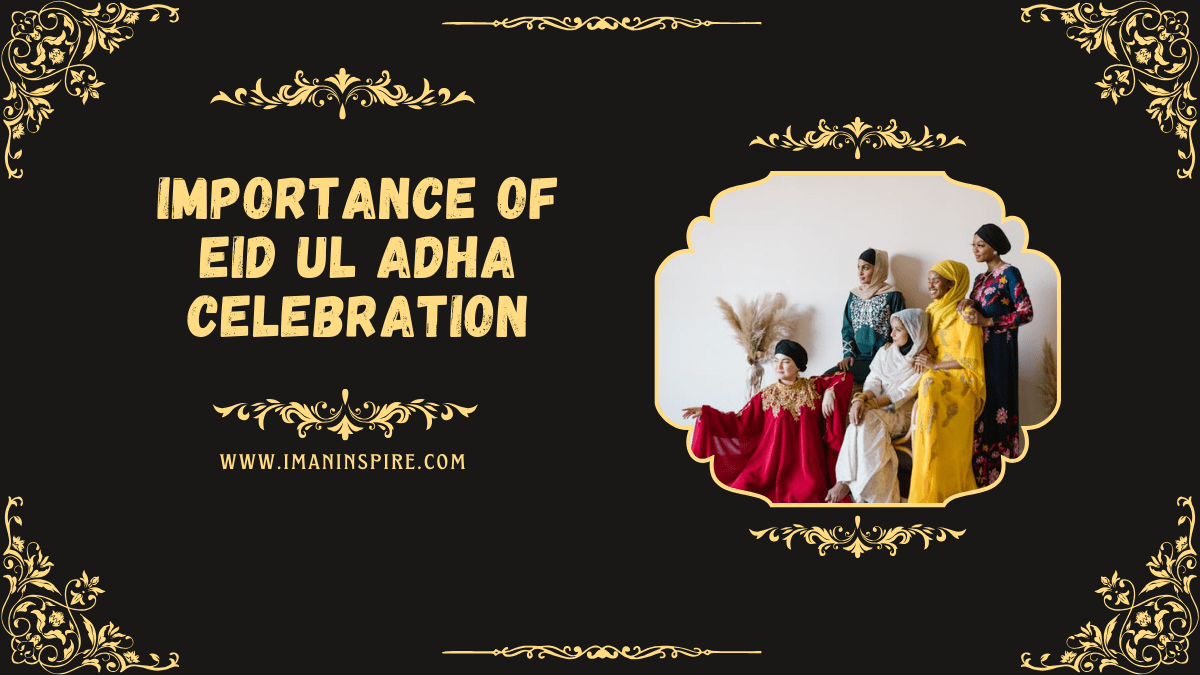
Eid ul-Adha holds immense importance in the Islamic calendar, embodying core values and teachings that resonate deeply with believers worldwide. Several factors contribute to the significance of this sacred celebration:
- Spiritual Renewal: Eid ul-Adha offers Muslims an opportunity for spiritual reflection, renewal, and recommitment to their faith. Through prayer, contemplation, and acts of devotion, believers deepen their connection with Allah (God) and reaffirm their commitment to living a righteous life.
- Commemoration of Prophetic Legacy: The celebration of Eid ul-Adha honors the legacy of Prophet Ibrahim (Abraham) and his unwavering obedience to Allah’s command. Ibrahim’s willingness to sacrifice his son Isma’il (Ishmael) serves as a timeless example of submission, trust, and devotion—an inspiration for Muslims to emulate in their own lives.
- Emphasis on Sacrifice and Charity: Eid ul-Adha underscores the importance of sacrifice as a central tenet of Islam. The ritual of Qurbani, or animal sacrifice, symbolizes the willingness of believers to make personal sacrifices for the sake of Allah and to share blessings with others. The distribution of meat to the less fortunate reaffirms Islam’s commitment to social justice, compassion, and generosity.
- Strengthening of Community Bonds: Eid ul-Adha is a time for Muslims to come together as a community, transcending differences of nationality, ethnicity, and social status. The celebration fosters a sense of unity, solidarity, and brotherhood/sisterhood among believers, reinforcing the bonds of faith and mutual support.
- Expression of Gratitude: Eid ul-Adha serves as an occasion for Muslims to express gratitude for Allah’s blessings and provisions. By acknowledging and appreciating the abundance in their lives, believers cultivate a sense of humility, thankfulness, and contentment.
- Preservation of Cultural Heritage: Eid ul-Adha is not only a religious observance but also a cultural tradition deeply rooted in the heritage of Muslim societies. The customs, rituals, and festivities associated with Eid ul-Adha contribute to the preservation and transmission of cultural identity across generations.
Preparations for Eid ul-Adha
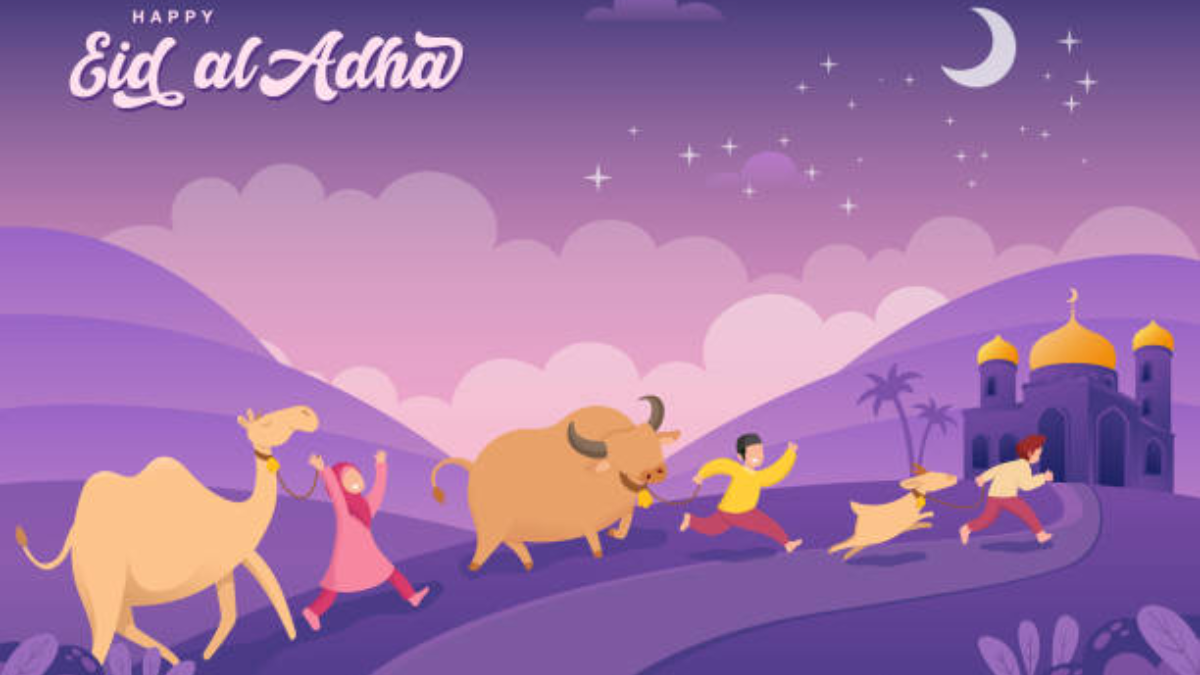
Rituals of Eid ul-Adha
Eid ul-Adha is marked by several distinctive rituals that hold deep religious significance for Muslims:
- Eid Prayer: The day begins with the performance of a special Eid prayer, known as “Salat al-Eid,” which is offered in congregation at mosques or open prayer grounds. The prayer consists of two units (rak’ahs) and is typically preceded by a sermon (khutbah) delivered by the imam, focusing on the themes of sacrifice, obedience, and gratitude.
- Qurbani (Sacrifice): One of the central rituals of Eid ul-Adha is the practice of Qurbani, or animal sacrifice, which commemorates Prophet Ibrahim’s willingness to sacrifice his son Isma’il as an act of obedience to Allah’s command. Muslims who can afford it sacrifice an animal—such as a sheep, goat, cow, or camel—following specific guidelines outlined in Islamic jurisprudence. The sacrificed animal’s meat is then distributed among family, friends, and the less fortunate, symbolizing the importance of sharing blessings and caring for others.
- Takbir: Throughout the days of Eid ul-Adha, Muslims recite the Takbir—an invocation of the greatness of Allah—loudly and frequently, as a declaration of faith and celebration. The Takbir is recited in congregation during Eid prayers, as well as individually by believers in their homes and communities.
- Greeting and Celebrating: Eid ul-Adha is a time for joyous celebration and festive gatherings. After Eid prayers, Muslims exchange heartfelt greetings such as “Eid Mubarak” (Blessed Eid) and “Eid Sa’id” (Happy Eid) with family, friends, and neighbors. Homes are adorned with decorations, and special meals are prepared to share with loved ones.
- Acts of Charity: In addition to the Qurbani sacrifice, Eid ul-Adha encourages acts of charity and compassion towards those in need. Muslims are encouraged to give generously to the poor and marginalized members of society, providing them with the means to celebrate and enjoy the festivities of Eid.
- Fasting on the Day of Arafah: The day preceding Eid ul-Adha, known as the Day of Arafah, holds special significance for pilgrims performing Hajj and for non-pilgrims alike. It is highly recommended for Muslims who are not performing Hajj to fast on this day as a means of seeking forgiveness for past sins and earning Allah’s mercy.
These rituals of Eid ul-Adha serve to deepen the spiritual significance of the occasion, strengthen bonds of community and compassion, and reinforce the values of sacrifice, obedience, and gratitude in the hearts and minds of believers.
Cleaning And Decorating Homes

In the lead-up to Eid ul-Adha, Muslims engage in a tradition of thoroughly cleaning and beautifying their homes. This practice holds both practical and symbolic significance, reflecting the importance of cleanliness, hospitality, and spiritual preparation for the festive occasion.
- Thorough Cleaning: Families embark on a thorough cleaning spree, meticulously tidying and organizing their homes from top to bottom. This includes dusting, sweeping, mopping, and decluttering every corner and surface. The aim is to create a clean, welcoming environment that is conducive to hosting guests and celebrating the joyous occasion of Eid.
- Spiritual Purification: Beyond its practical aspects, the act of cleaning carries deeper spiritual significance in Islam. It symbolizes purification of the heart and soul, as believers strive to rid their homes of physical impurities and negative energy. By purifying their surroundings, Muslims prepare themselves spiritually to welcome the blessings of Eid ul-Adha with open hearts and minds.
- Beautification and Decoration: In addition to cleaning, families adorn their homes with colorful decorations and embellishments to enhance the festive atmosphere. Common decorations include vibrant banners, ornamental lights, intricately patterned textiles, and floral arrangements. These adornments serve to uplift spirits, foster a sense of joy and celebration, and create a visually pleasing environment for guests and family members.
- Welcoming Guests: A clean and beautifully decorated home sets the stage for warm hospitality and gracious hosting during Eid ul-Adha. Families eagerly welcome guests into their homes, offering them comfort, companionship, and delicious treats. The inviting ambiance created by clean surroundings and festive decor enhances the sense of camaraderie and togetherness shared during the Eid celebrations.
- Symbolism of Renewal: The act of cleaning and decorating homes ahead of Eid ul-Adha symbolizes a fresh start and renewal. It signifies a renewed commitment to spiritual growth, familial harmony, and community cohesion. Just as the physical cleaning rejuvenates the home, the spiritual cleansing and beautification of hearts and minds prepare believers to embark on a new chapter filled with blessings and abundance.
Purchasing New Clothes And Gifts
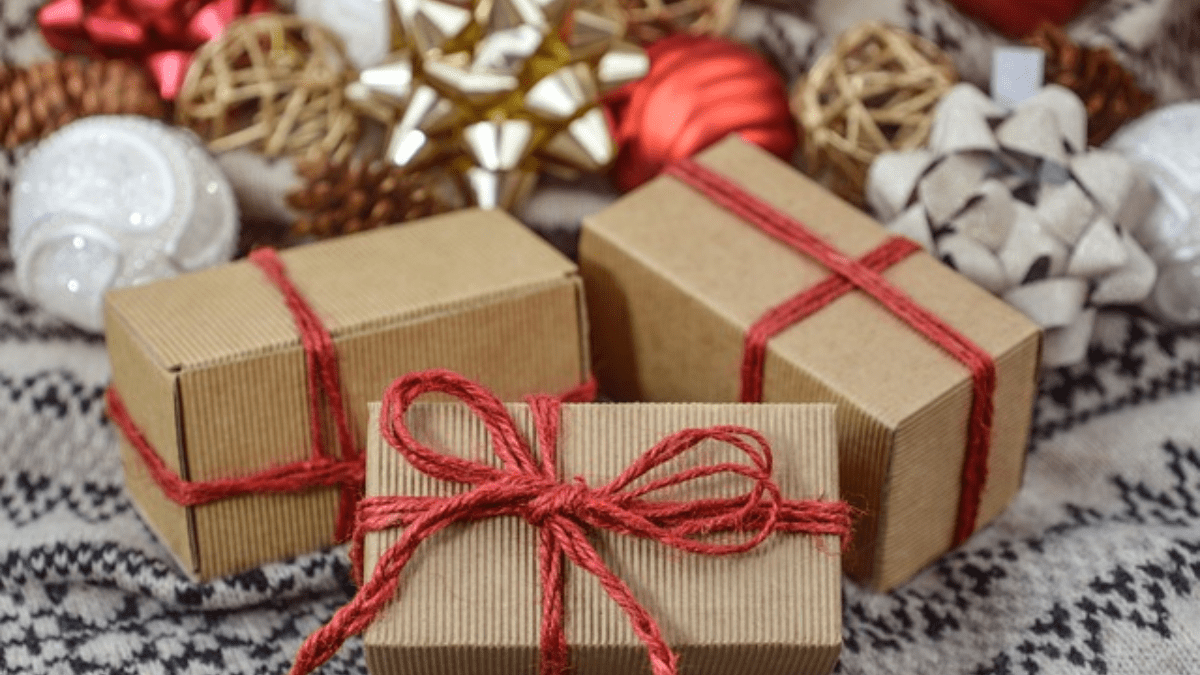
As Eid ul-Adha approaches, Muslims eagerly anticipate the tradition of purchasing new clothes and exchanging gifts with loved ones. This practice holds cultural significance and adds to the excitement and joy surrounding the festive occasion.
- Renewal and Celebration: Buying new clothes for Eid ul-Adha symbolizes a sense of renewal and celebration. Many Muslims choose to wear their finest attire on this auspicious day, showcasing their sense of style and elegance. The act of donning new clothes reflects a commitment to honoring the occasion with dignity and respect.
- Expressing Gratitude: Purchasing new clothes and gifts for Eid ul-Adha provides an opportunity for Muslims to express gratitude for the blessings bestowed upon them by Allah (God). It is a way of acknowledging the abundance in their lives and sharing that abundance with others through acts of generosity and kindness.
- Enhancing the Festive Atmosphere: The exchange of gifts and the sight of people dressed in new clothes contribute to the festive atmosphere of Eid ul-Adha. The excitement and anticipation surrounding the unveiling of new outfits and the exchange of thoughtful gifts add to the joy and camaraderie shared among family members and friends.
- Strengthening Bonds: Exchanging gifts fosters bonds of love, friendship, and unity within Muslim communities. It is a gesture of affection and appreciation that deepens connections and strengthens relationships. Whether it’s a thoughtful present for a family member or a small token of appreciation for a friend, the act of giving gifts cultivates feelings of warmth and goodwill.
- Spreading Happiness: Giving and receiving gifts on Eid ul-Adha brings happiness and joy to both the giver and the recipient. The exchange of gifts is a tangible expression of love, kindness, and generosity that uplifts spirits and fosters a sense of togetherness and belonging.
Preparing Traditional Dishes
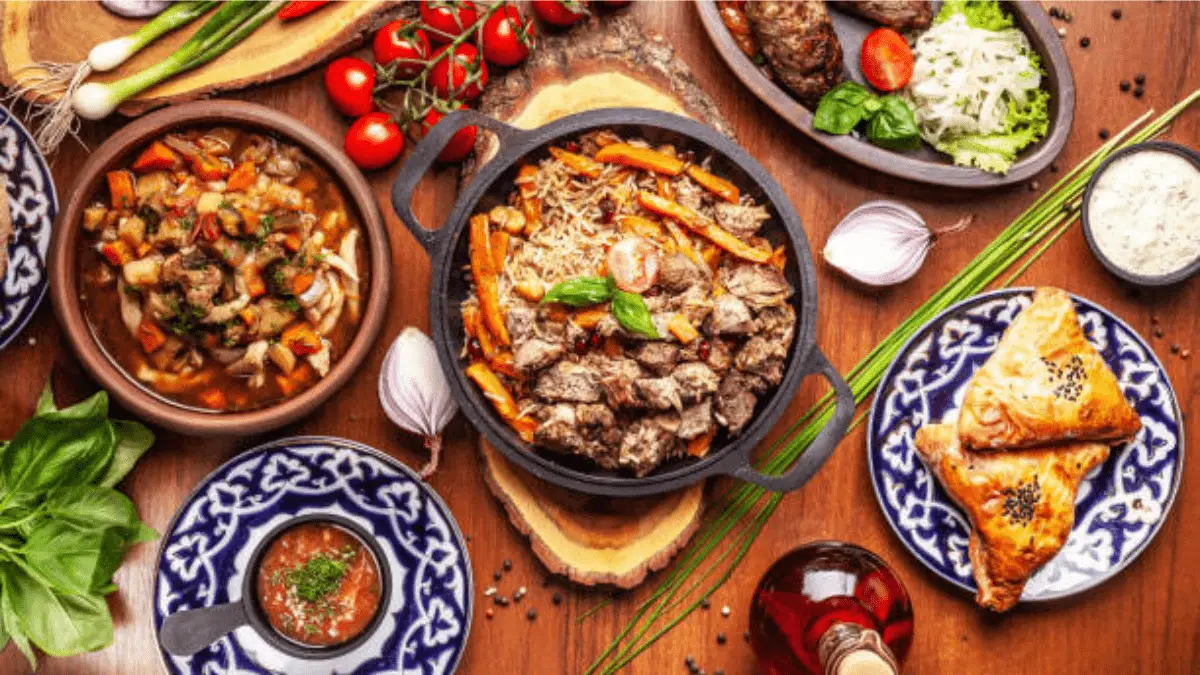
One of the most anticipated aspects of Eid ul-Adha celebrations is the preparation and indulgence in traditional dishes that hold cultural significance and bring families together. These culinary delights are prepared with love and care, using cherished family recipes passed down through generations.
- Signature Dishes: Eid ul-Adha is synonymous with an array of mouthwatering dishes that vary depending on regional and cultural preferences. Some of the most common Eid specialties include aromatic biryanis, succulent kebabs, flavorful curries, and rich desserts like sheer khurma (vermicelli pudding) and baklava.
- Festive Feasting: Families gather in the kitchen to prepare a lavish feast that caters to both traditional tastes and modern palates. From the tantalizing aromas of spices wafting through the air to the sizzle of meats on the grill, the process of cooking becomes a communal affair filled with laughter, storytelling, and shared memories.
- Preservation of Heritage: Eid ul-Adha provides an opportunity for Muslims to celebrate their cultural heritage through food. Traditional recipes passed down from parents and grandparents are lovingly recreated, preserving culinary traditions and fostering a sense of continuity and belonging.
- Symbolism of Abundance: The abundance of food prepared for Eid ul-Adha reflects the spirit of generosity and gratitude associated with the occasion. It is a time to celebrate the blessings of sustenance and abundance bestowed upon the community by Allah (God), and to share those blessings with loved ones and neighbors.
- Culinary Creativity: While traditional dishes hold a special place on the Eid table, many families also embrace culinary creativity by adding their own unique twists to classic recipes. This fusion of traditional flavors with modern culinary techniques adds an element of excitement and innovation to the dining experience.
- Sharing and Generosity: Eid ul-Adha is not only a time for feasting but also for sharing food with others, especially those less fortunate. Many families prepare extra portions of food to distribute to neighbors, friends, and those in need, embodying the spirit of generosity and compassion that defines the Eid celebrations.
Morning of Eid ul-Adha
Performing Eid Prayers
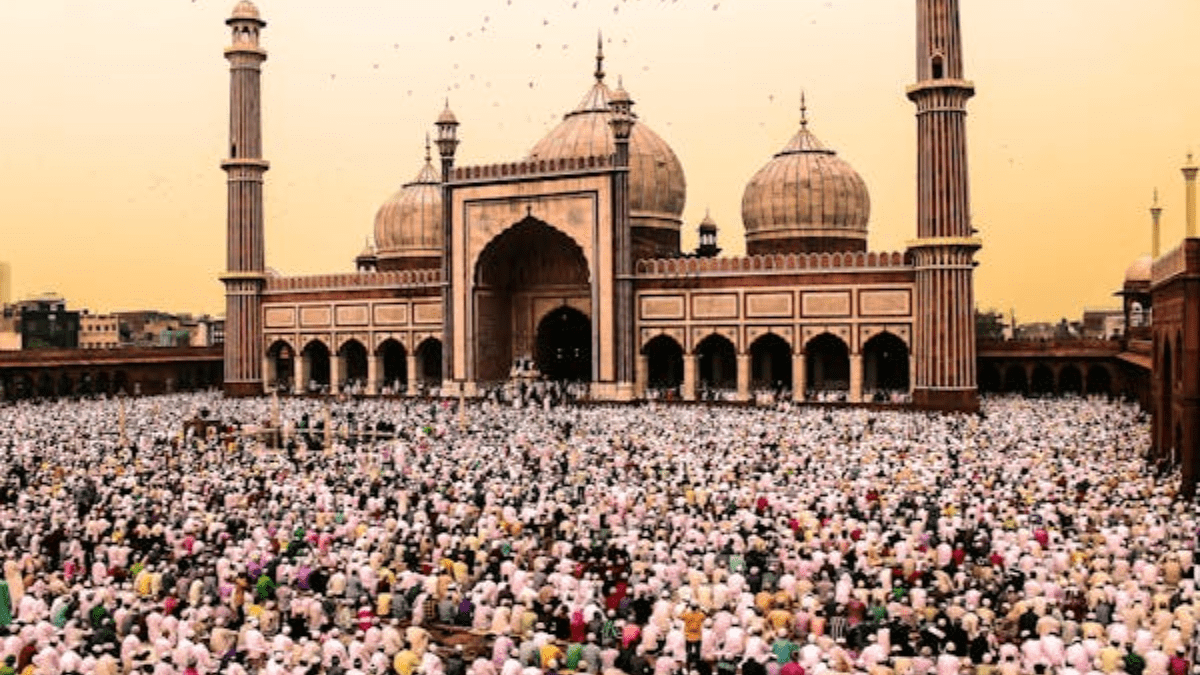
Eid ul-Adha begins with a special congregational prayer known as “Salat al-Eid,” which is performed in mosques, open prayer grounds, or designated outdoor areas. This prayer holds great significance for Muslims and marks the spiritual commencement of the Eid celebrations. Here’s what typically happens during the Eid prayers:
- Gathering of the Community: Muslims gather early in the morning on the day of Eid ul-Adha, dressed in their finest attire, to perform the Eid prayers. The entire community, including men, women, and children, participates in this communal act of worship.
- Preparation and Purity: Before heading to the prayer venue, individuals perform ablution (wudu), a ritual cleansing of the body, to purify themselves before standing in prayer. They also apply perfume and dress in clean, modest clothing as a sign of reverence and respect for the occasion.
- Prayer Format: The Eid prayer consists of two units (rak’ahs), which are performed slightly differently from the regular daily prayers. After the opening takbir (declaration of Allah’s greatness), the imam leads the congregation in reciting additional takbirs, raising their hands with each invocation. This is followed by the recitation of specific supplications (duas) and verses from the Quran.
- Khutbah (Sermon): Following the Eid prayer, the imam delivers a sermon (khutbah) that focuses on themes relevant to the occasion, such as gratitude, sacrifice, and community solidarity. The khutbah serves to impart spiritual guidance, inspire reflection, and reinforce the significance of Eid ul-Adha in the lives of believers.
- Expressing Joy and Gratitude: The Eid prayers are characterized by an atmosphere of joy, gratitude, and camaraderie. After completing the prayers, Muslims exchange heartfelt greetings such as “Eid Mubarak” (Blessed Eid) and “Eid Sa’id” (Happy Eid) with one another, embracing and sharing warm wishes for the festive occasion.
- Community Bonding: The Eid prayers provide an opportunity for Muslims to come together as a community, regardless of differences in ethnicity, nationality, or social status. It is a time for strengthening bonds, fostering unity, and reaffirming the shared values and principles of Islam.
Listening to the sermon
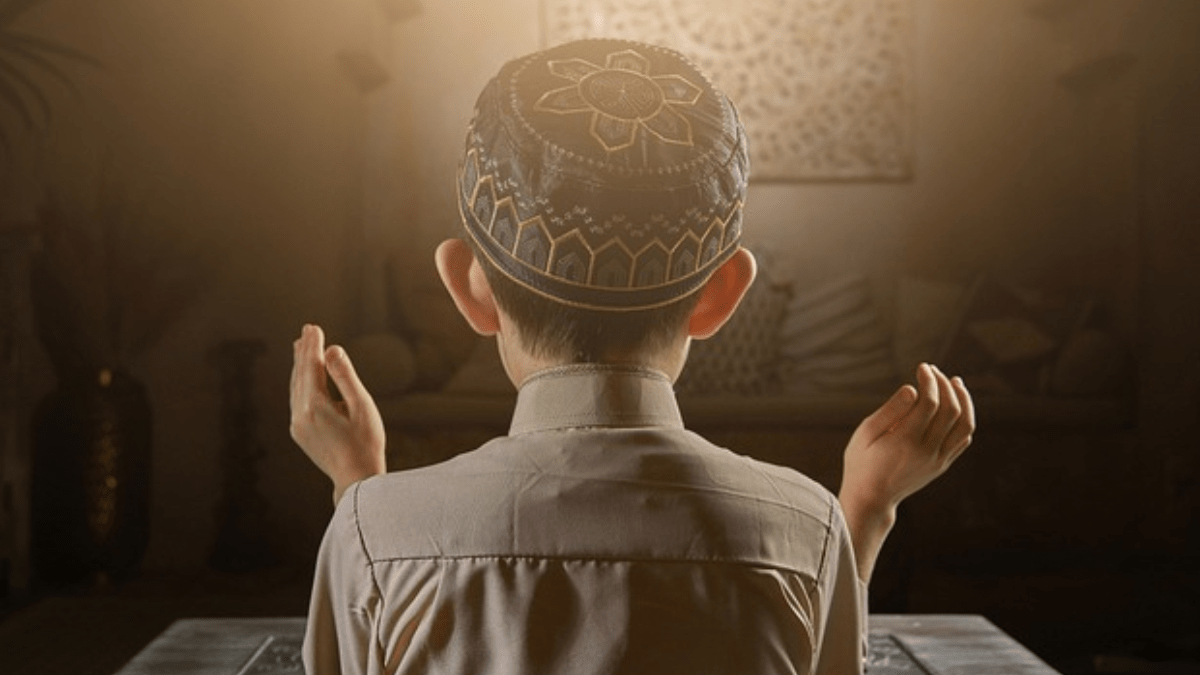
Following the performance of Eid prayers, Muslims gather to listen attentively to a sermon (khutbah) delivered by the imam or a knowledgeable community leader. The sermon holds significant importance during Eid ul-Adha celebrations and serves as a means of imparting guidance, wisdom, and spiritual reflection to the congregation. Here’s what typically happens during the sermon:
- Assembly of the Congregation: After completing the Eid prayers, worshippers remain seated in the prayer area as the imam ascends the pulpit (minbar) to deliver the sermon. The congregation listens respectfully, eagerly awaiting the words of wisdom and guidance that will be shared.
- Theme and Content: The sermon delivered on Eid ul-Adha typically revolves around themes relevant to the occasion, such as gratitude, sacrifice, obedience to God, and compassion for others. The imam may draw upon verses from the Quran, sayings of Prophet Muhammad (hadith), and relevant Islamic teachings to elucidate these themes and provide practical guidance for believers.
- Reflection and Contemplation: As the imam delivers the sermon, worshippers engage in introspection and reflection, pondering the significance of the message in their own lives. The sermon serves as an opportunity for spiritual growth, prompting believers to evaluate their faith, actions, and intentions in light of Islamic teachings.
- Exhortation to Goodness: The sermon often includes exhortations to righteousness, moral conduct, and acts of kindness and charity. Believers are encouraged to embody the values of Islam in their daily lives, striving for excellence in character and behavior and seeking to benefit humanity at large.
- Unity and Community Spirit: The sermon reinforces the importance of unity, solidarity, and mutual respect within the Muslim community. It emphasizes the need for cooperation, compassion, and support among believers, regardless of differences in background or opinion.
- Conclusion and Blessings: The sermon concludes with prayers for the well-being and prosperity of the congregation, as well as for the entire Muslim ummah (community) worldwide. The imam extends blessings and good wishes for a joyous and blessed Eid ul-Adha, urging worshippers to continue striving for spiritual growth and excellence in the days ahead.
Exchanging Greetings And Hugs

After the Eid prayers and the sermon, Muslims eagerly engage in a heartwarming tradition of exchanging greetings and hugs with family members, friends, and fellow worshippers. This joyful custom adds to the festive atmosphere of Eid ul-Adha and strengthens the bonds of affection and camaraderie within the community. Here’s what typically happens during this heartfelt exchange:
- Warm Embraces: As worshippers exit the prayer area, they greet one another with warm smiles and open arms, exchanging affectionate hugs and handshakes. These physical expressions of love and goodwill convey a sense of joy, unity, and togetherness, as believers rejoice in the blessings of Eid ul-Adha.
- Expressing Blessings: Alongside the hugs and handshakes, Muslims offer heartfelt greetings such as “Eid Mubarak” (Blessed Eid) and “Eid Sa’id” (Happy Eid) to one another. These expressions of blessings and good wishes reflect a spirit of generosity, kindness, and celebration that defines the festive occasion.
- Sharing Happiness: The exchange of greetings and hugs serves as a means of sharing happiness and spreading joy among family members, friends, and acquaintances. It is a time for rejoicing in the blessings of Eid ul-Adha and expressing gratitude for the opportunity to celebrate together as a community.
- Strengthening Bonds: Through the act of embracing and greeting one another, Muslims strengthen the bonds of friendship, kinship, and community solidarity. These moments of connection foster a sense of belonging and support, creating a warm and welcoming environment for all who participate in the festivities.
- Inclusive Spirit: The tradition of exchanging greetings and hugs during Eid ul-Adha embodies an inclusive spirit that transcends barriers of age, gender, and social status. Everyone, from children to elders, participates in this joyful exchange, contributing to a sense of unity and inclusivity within the Muslim community.
- Spiritual Connection: Beyond the physical embrace, the act of exchanging greetings and hugs holds spiritual significance, symbolizing the love and compassion that Muslims are encouraged to show towards one another. It reflects the teachings of Islam regarding the importance of fostering harmonious relationships and caring for the well-being of others.
Ritual Sacrifice (Qurbani)
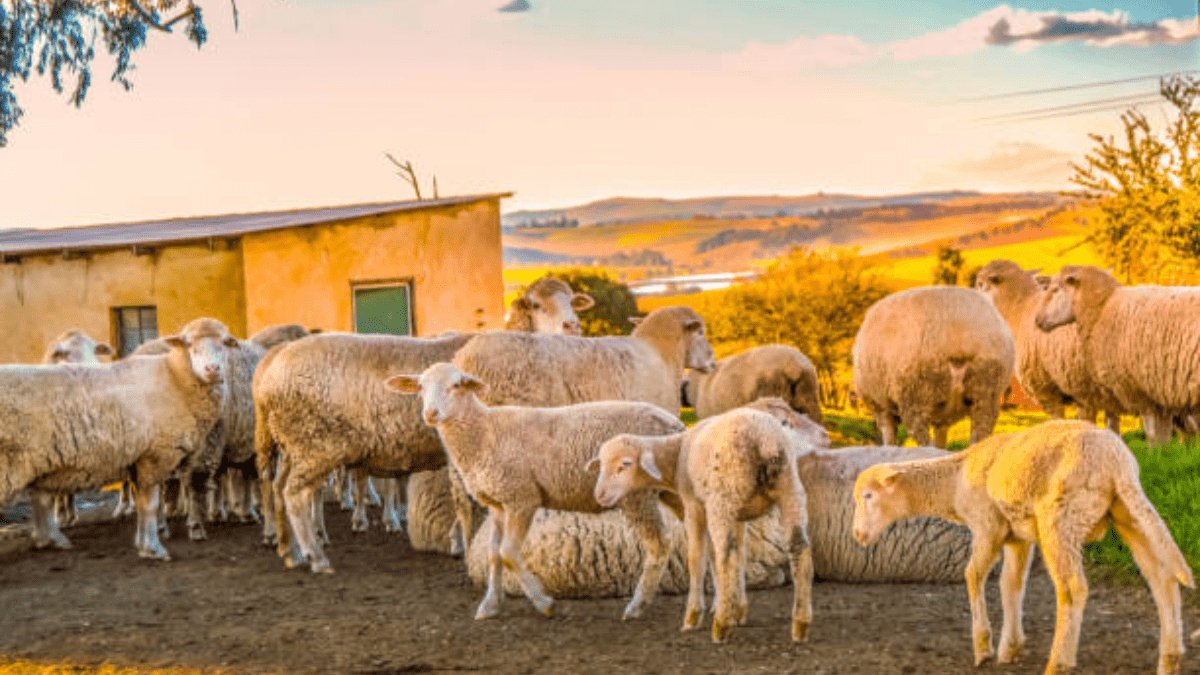
Explanation of Qurbani
Qurbani, also known as Udhiyah in Arabic, refers to the ritual sacrifice of animals performed by Muslims during the days of Eid ul-Adha, the Festival of Sacrifice. This sacred practice commemorates the willingness of Prophet Ibrahim (Abraham) to sacrifice his son Isma’il (Ishmael) as an act of obedience to Allah’s command, as narrated in the Quran. However, before Ibrahim could carry out the sacrifice, Allah intervened and provided a ram as a substitute.
The essence of Qurbani lies in the spirit of submission, obedience, and devotion to Allah. It serves as a symbolic reenactment of Ibrahim’s act of faith and demonstrates Muslims’ willingness to make sacrifices for the sake of Allah’s pleasure. The sacrificed animal, which can be a sheep, goat, cow, or camel, is chosen based on specific guidelines outlined in Islamic jurisprudence regarding age, health, and suitability.
Qurbani is performed on the 10th, 11th, and 12th days of Dhu al-Hijjah, the final month of the Islamic lunar calendar, coinciding with the days of Eid ul-Adha. After the Eid prayers, Muslims proceed to slaughter the designated animal, following prescribed methods and uttering the name of Allah to invoke His blessings. The sacrifice is carried out with reverence and respect, with the intention of seeking closeness to Allah and earning His favor.
The meat from the sacrificed animal is divided into three equal parts: one part is retained for the household, another is shared with relatives and friends, and the third is distributed among the needy and less fortunate members of the community. This distribution ensures that the blessings of Qurbani reach those who are most in need, embodying the values of generosity, compassion, and social justice in Islam.
Through the practice of Qurbani, Muslims reaffirm their commitment to the principles of faith, sacrifice, and solidarity with the less fortunate. It is a tangible expression of devotion and gratitude to Allah for His countless blessings and a means of fostering unity and compassion within the Muslim community and beyond.
Selection of Animals for Sacrifice
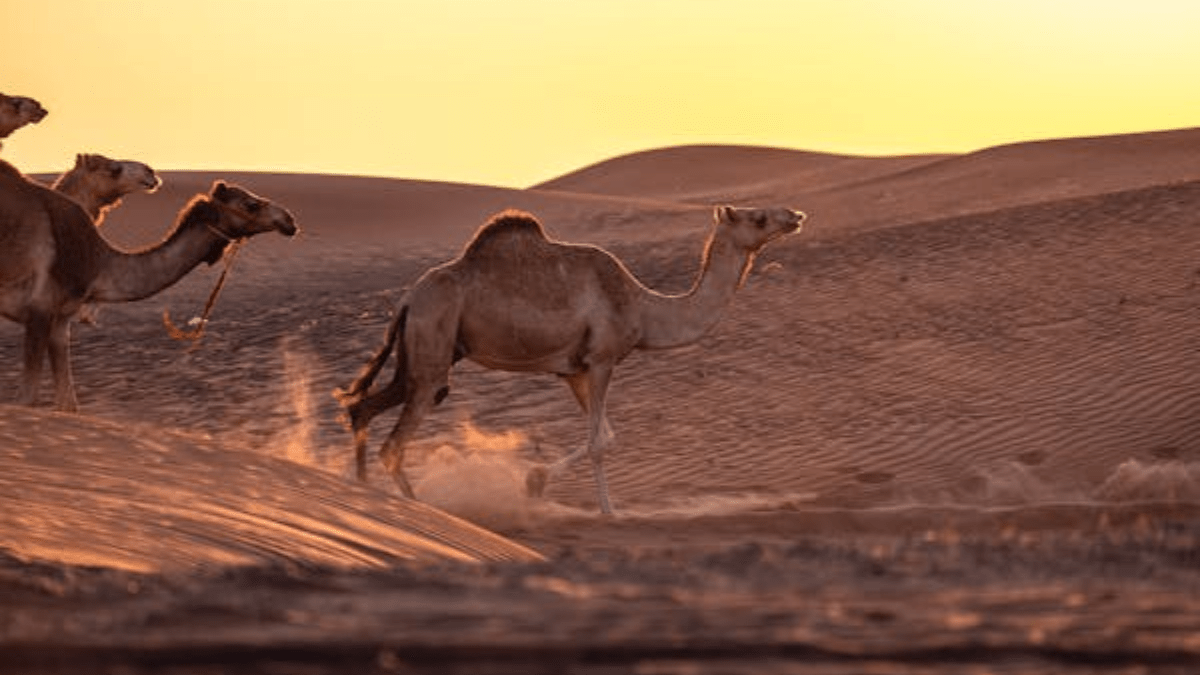
The selection of animals for sacrifice, known as Qurbani or Udhiyah, during Eid ul-Adha is a significant aspect of the ritual and is guided by specific criteria outlined in Islamic teachings. Here’s a summary of the considerations involved in choosing animals for sacrifice:
Species: The permissible animals for Qurbani are sheep, goats, cattle (including cows and oxen), and camels. These animals are chosen based on their suitability for sacrifice and their availability in the local context.
Health and Age: The selected animal must be in good health, free from any defects or disabilities that would render it unfit for sacrifice. Additionally, animals must meet the minimum age requirements specified in Islamic jurisprudence, which vary depending on the species:
Sheep and goats: One year old
Cattle: At least two years old
Camels: At least five years old
Physical Condition: Animals chosen for sacrifice should be well-nourished and of sufficient size to provide an adequate amount of meat for distribution. They should be free from any injuries, illnesses, or deformities that would compromise the quality of the sacrifice or the health of the animal.
Intention and Purpose: The selection of animals for Qurbani should be made with sincerity and the intention of seeking Allah’s pleasure. Muslims choose animals for sacrifice as a form of worship and obedience to Allah’s command, expressing gratitude for His blessings and demonstrating willingness to make sacrifices for His sake.
Affordability and Accessibility: Muslims are encouraged to choose animals for sacrifice that are within their means and budgetary constraints. The cost of the animal should be affordable for the individual or household, taking into account financial obligations and the welfare of dependents.
Distribution and Beneficiaries: Consideration is given to the intended recipients of the meat from the sacrificed animal. Muslims are encouraged to ensure that the meat is distributed equitably among family members, relatives, neighbors, and the less fortunate members of the community, in accordance with Islamic principles of social justice and compassion.
Distribution of Meat To The Needy
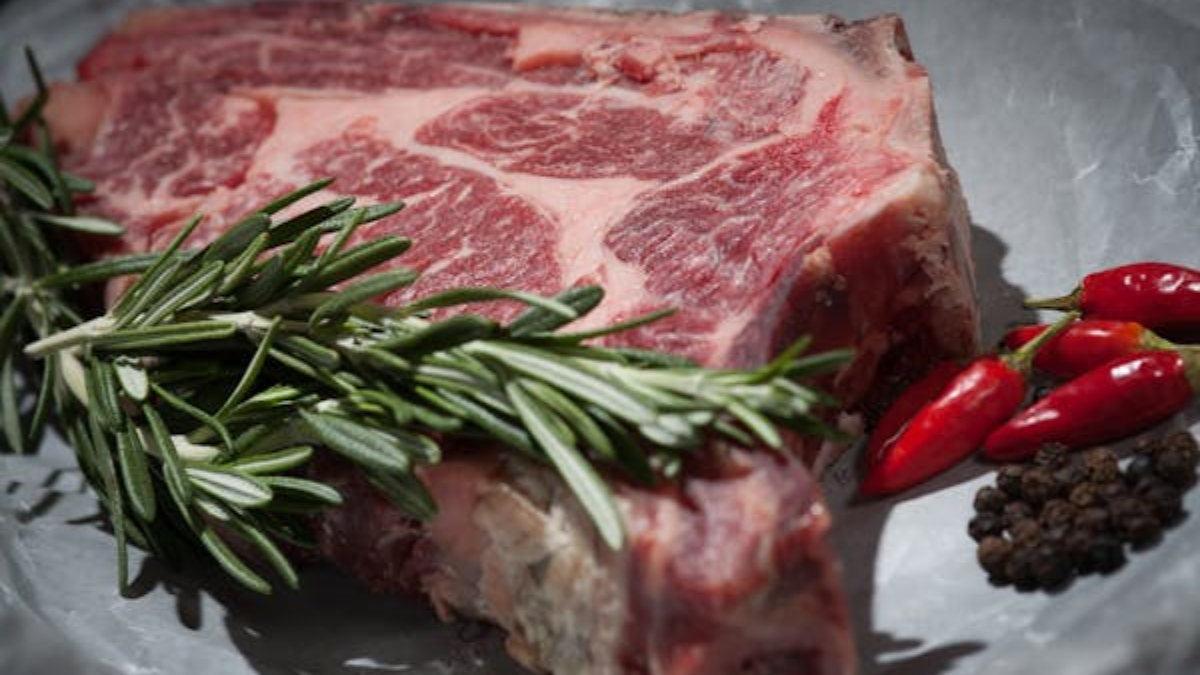
Following the ritual sacrifice of animals during Eid ul-Adha, Muslims engage in the noble act of distributing the meat to the needy and less fortunate members of the community. This practice, known as “Qurbani distribution,” is an integral part of the Eid festivities and reflects the principles of compassion, generosity, and social justice in Islam. Here’s how the distribution process typically unfolds:
- Collection and Preparation: After the animals have been sacrificed and the meat has been processed, efforts are made to collect and organize the meat for distribution. Volunteers or designated committees oversee the sorting, packaging, and distribution of the meat to ensure that it is handled with care and efficiency.
- Identification of Recipients: Priority is given to identifying and reaching out to individuals and families who are most in need of assistance. This may include widows, orphans, refugees, the homeless, and other vulnerable groups facing economic hardship or food insecurity. Local mosques, charities, and community organizations often collaborate to identify and verify eligible recipients.
- Equitable Distribution: The meat from the sacrificed animals is divided into equal portions or shares, in accordance with Islamic guidelines for Qurbani distribution. Each share typically represents a portion of the animal’s meat and is intended to provide sustenance for a family or individual for a certain period of time, such as several days or meals.
- Outreach and Delivery: Volunteers or community members undertake the task of delivering the meat to the homes or designated distribution points of the recipients. Efforts are made to ensure that the distribution process is conducted with dignity, respect, and sensitivity to the needs and circumstances of the beneficiaries.
- Sharing Blessings and Joy: The distribution of meat is not merely an act of charity but also an opportunity to share the blessings and joy of Eid ul-Adha with others. Recipients are greeted with warm wishes and expressions of goodwill, fostering a sense of community, solidarity, and compassion.
- Gratitude and Reflection: Both donors and recipients alike express gratitude for the opportunity to participate in the Qurbani distribution and benefit from the blessings of Eid ul-Adha. The experience encourages reflection on the importance of sharing blessings, supporting those in need, and upholding the principles of social responsibility and compassion in Islam.
Celebrations and Festivities
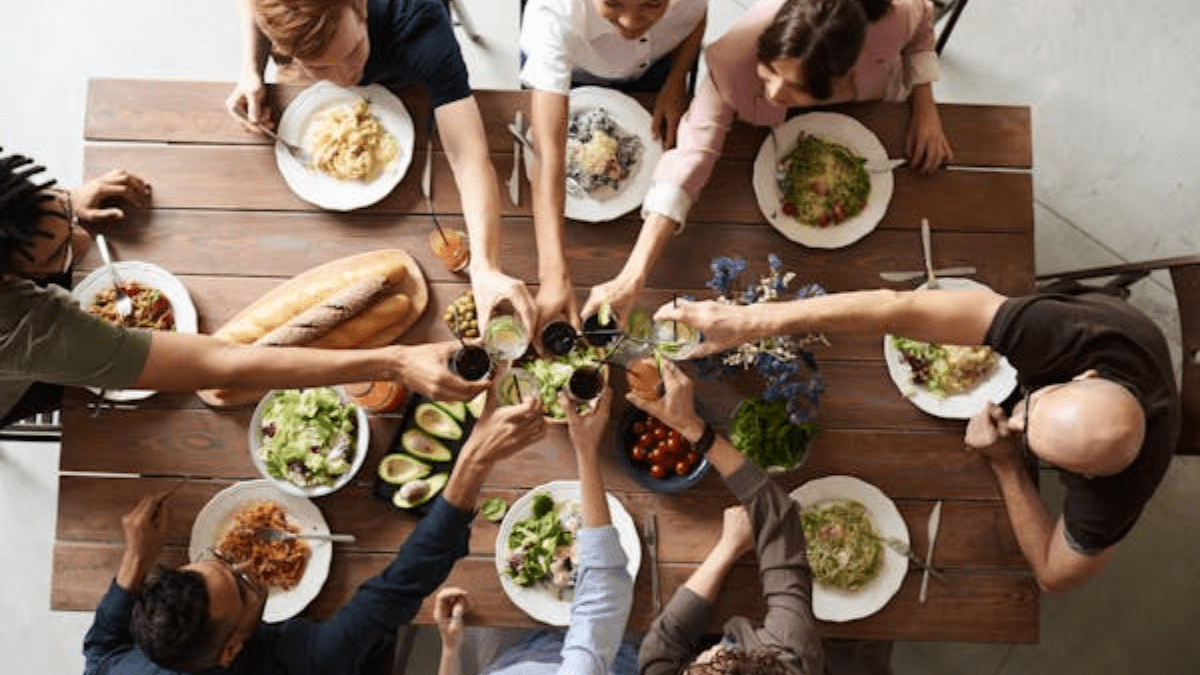
Visiting Family And Friends
Eid ul-Adha is a joyous occasion that brings together family and friends in celebration and fellowship. After performing the Eid prayers and participating in the rituals of sacrifice and charity, Muslims eagerly embark on a tradition of visiting loved ones to share the joy of the festive occasion. Here’s how the tradition of visiting family and friends unfolds during Eid ul-Adha:
- Warm Reunions: The festive atmosphere of Eid ul-Adha is marked by warm reunions as family members and friends come together to celebrate. Loved ones exchange heartfelt greetings, hugs, and smiles, expressing joy and gratitude for the opportunity to gather and celebrate in each other’s company.
- Bonding and Sharing: Eid ul-Adha provides an ideal opportunity for bonding and sharing special moments with family and friends. Relatives and friends catch up on each other’s lives, reminisce about cherished memories, and strengthen their connections through laughter, conversation, and shared experiences.
- Hospitality and Generosity: Hosting and hospitality play a central role in Eid ul-Adha gatherings, as hosts extend warm welcomes to guests and offer them hospitality and generous hospitality. Homes are adorned with festive decorations, and tables are laden with delicious food and sweets, symbolizing abundance, generosity, and hospitality.
- Exchanging Gifts: The tradition of exchanging gifts adds to the joy and excitement of Eid ul-Adha visits. Family members and friends exchange thoughtful gifts as tokens of affection and appreciation, enhancing the spirit of giving and camaraderie that permeates the festive occasion.
- Strengthening Bonds: Eid ul-Adha visits provide an opportunity for strengthening bonds and fostering closer relationships among family members and friends. The shared experiences and moments of joy create lasting memories and deepen the sense of love, unity, and support within the community.
- Expressing Gratitude: Visiting family and friends during Eid ul-Adha is also an opportunity to express gratitude for the blessings of Allah and the love and support of loved ones. Muslims express gratitude for the opportunity to celebrate Eid together and for the blessings of health, happiness, and prosperity in their lives.
Feasting On Delicious Eid Specialties
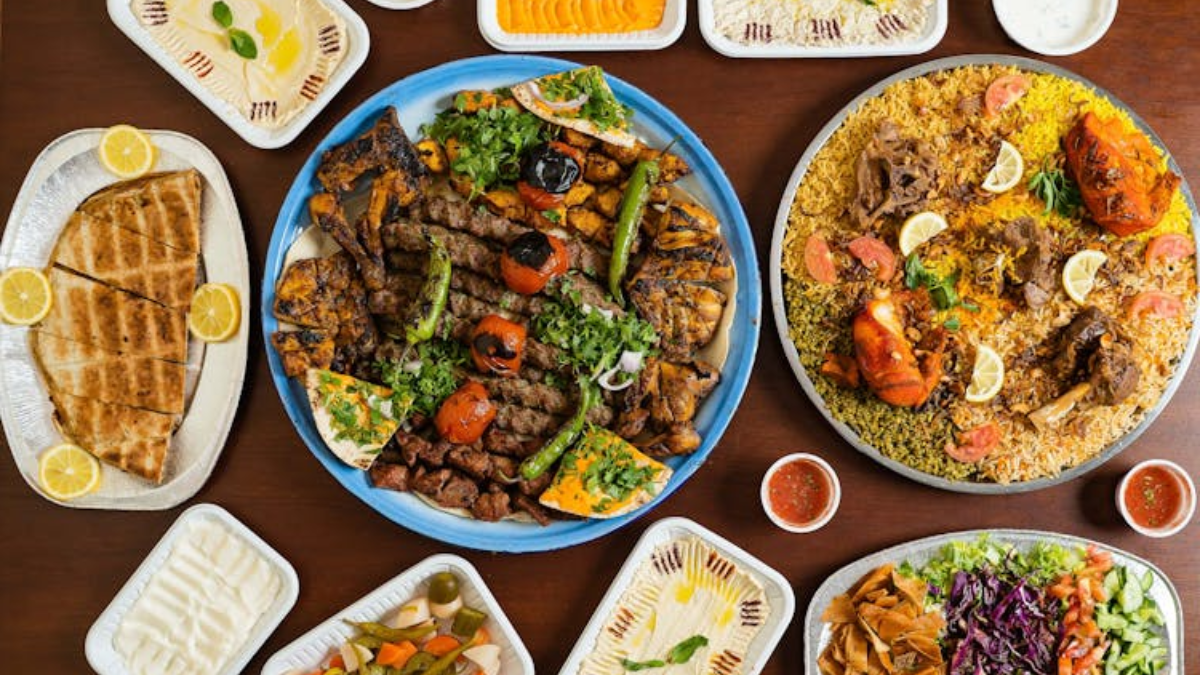
Eid ul-Adha is synonymous with indulging in a delectable array of traditional dishes that tantalize the taste buds and bring families and friends together in joyful celebration. From savory entrees to sweet treats, Eid specialties are prepared with love and care, adding to the festive ambiance of the occasion. Here’s a glimpse into the culinary delights enjoyed during Eid ul-Adha feasts:
- Aromatic Biryani: A staple of Eid celebrations, biryani is a fragrant and flavorful rice dish that features tender meat (often lamb, chicken, or beef) cooked with aromatic spices, herbs, and basmati rice. Each bite is a burst of exquisite flavors that delight the senses and leave a lasting impression.
- Succulent Kebabs: Grilled to perfection, kebabs are a mouthwatering addition to Eid feasts. Whether made from minced meat, marinated chicken, or seasoned vegetables, kebabs are skewered and cooked over an open flame, imparting a smoky aroma and irresistible taste that is sure to please.
- Flavorful Curries: Rich and hearty curries are a mainstay of Eid ul-Adha menus, offering a tantalizing blend of spices, herbs, and tender meat or vegetables. Whether it’s a fragrant lamb curry, a creamy chicken tikka masala, or a spicy vegetable curry, these dishes are sure to satisfy cravings and leave guests coming back for more.
- Sweet Delights: No Eid feast is complete without an assortment of sweet treats to indulge in. From traditional desserts like sheer khurma (vermicelli pudding), kheer (rice pudding), and gulab jamun (sweet syrupy balls) to modern creations like decadent cakes, pastries, and cookies, there’s something to satisfy every sweet tooth.
- Fresh Salads and Accompaniments: Alongside the rich and flavorful main dishes, Eid feasts often feature an array of fresh salads, chutneys, and accompaniments to balance out the flavors and textures. Crisp salads, tangy raita (yogurt dip), and spicy pickles add brightness and contrast to the meal, enhancing the overall dining experience.
- Exquisite Dessert Platters: Eid ul-Adha is a time to indulge in the finer things in life, and dessert platters offer a delightful finale to the feast. Laden with an assortment of sweets, fruits, nuts, and chocolates, these platters are a feast for the eyes and the palate, providing a sweet ending to the celebratory meal.
Exchanging Gifts And Sweets
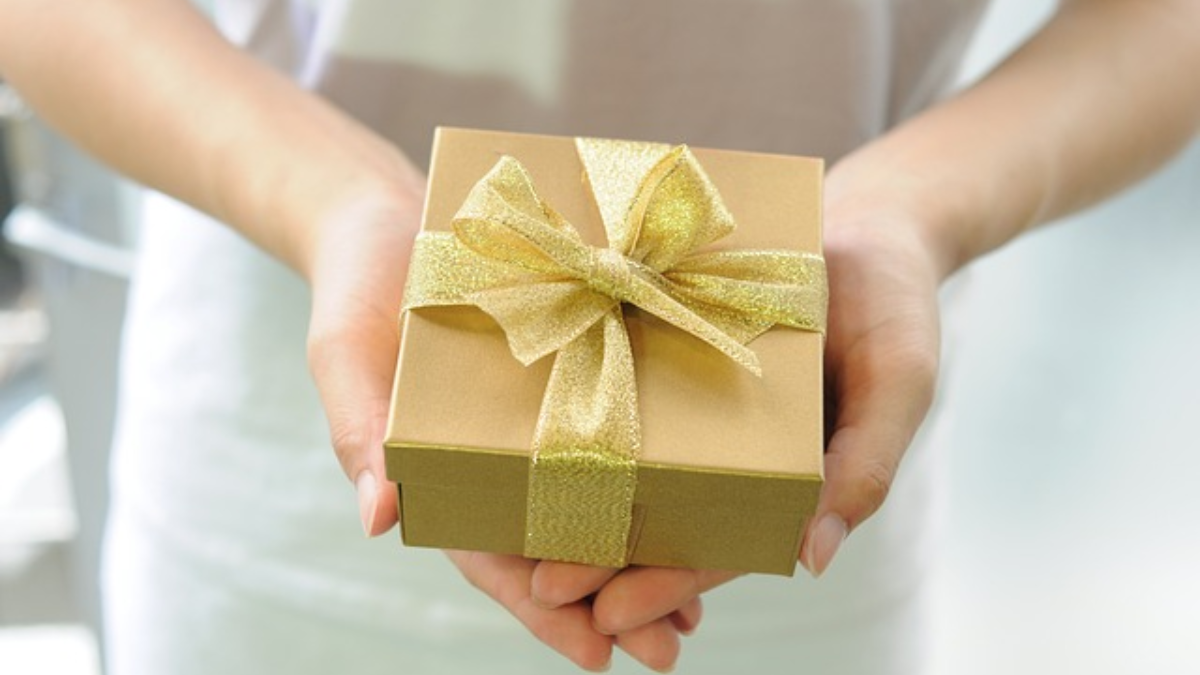
Eid ul-Adha is a time of generosity, joy, and sharing, and one of the cherished traditions during this festive occasion is the exchange of gifts and sweets among family members, friends, and neighbors. This delightful custom adds to the spirit of celebration and strengthens bonds of love and friendship. Here’s how the tradition of exchanging gifts and sweets unfolds during Eid ul-Adha:
- Thoughtful Gestures: The exchange of gifts and sweets on Eid ul-Adha is a gesture of love, appreciation, and goodwill. Family members, friends, and neighbors select thoughtful gifts and sweet treats to express affection and strengthen relationships.
- Symbol of Generosity: Giving gifts and sweets during Eid ul-Adha reflects the generosity and abundance of blessings that define the festive occasion. It is an opportunity to share the joy of the celebration and extend kindness to others, embodying the spirit of giving in Islam.
- Enhancing the Festive Atmosphere: The exchange of gifts and sweets adds to the festive atmosphere of Eid ul-Adha, creating an atmosphere of warmth, joy, and excitement. The anticipation of receiving and giving gifts adds an extra layer of excitement to the celebrations.
- Expressing Gratitude: Exchanging gifts and sweets is a way to express gratitude for the blessings of Eid ul-Adha and the presence of loved ones in our lives. It is a time to acknowledge the importance of relationships and show appreciation for the support and companionship of family and friends.
- Strengthening Bonds: The act of exchanging gifts and sweets strengthens bonds of love, friendship, and camaraderie among family members and friends. It fosters a sense of unity and togetherness, bringing people closer and creating lasting memories of joy and happiness.
- Sharing Traditions: Exchanging gifts and sweets is a cherished tradition that is passed down through generations, connecting individuals to their cultural heritage and shared values. It is a way to honor customs and rituals that have been celebrated for centuries and to preserve the spirit of Eid ul-Adha for future generations.
Community Events and Gatherings
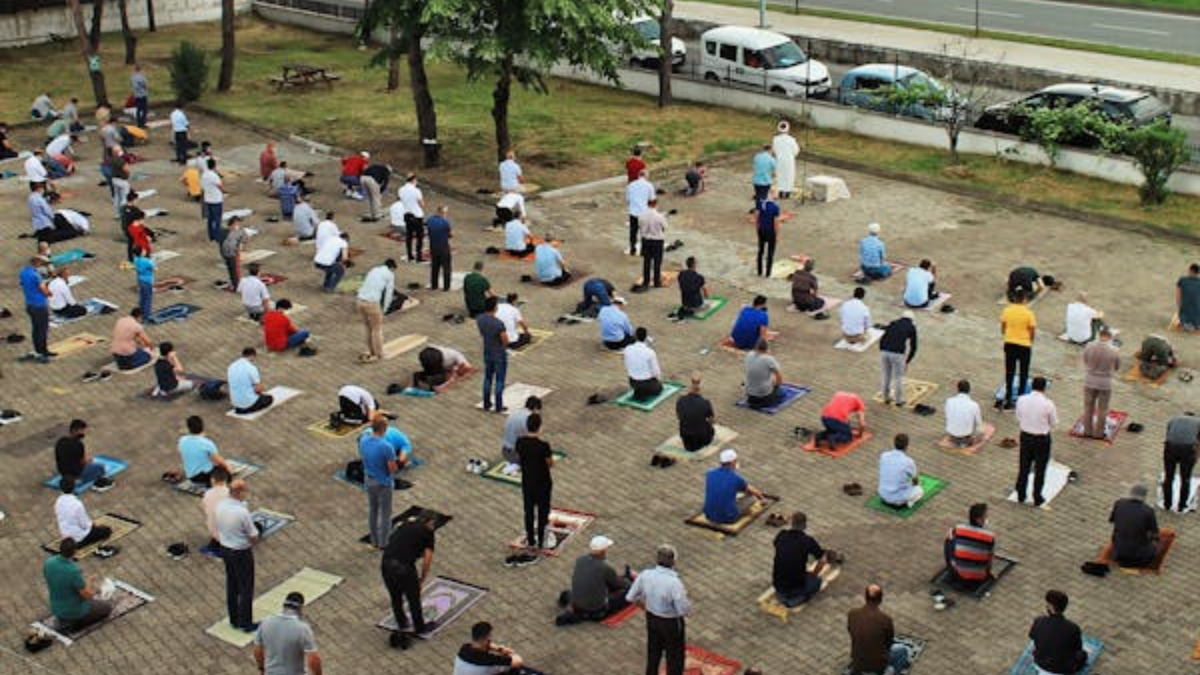
During Eid ul-Adha celebrations, Muslims actively participate in various community events and gatherings, fostering a sense of unity, camaraderie, and shared celebration. These events provide opportunities for social interaction, religious observance, and collective joy. Here’s how Muslims engage in community events and gatherings during Eid ul-Adha:
- Eid Prayers: The day of Eid ul-Adha begins with special congregational prayers held in mosques, prayer grounds, and community centers. Muslims of all ages come together to perform the Eid prayers, led by an Imam, and to listen to the sermon that highlights the significance of the occasion.
- Community Breakfasts: Following the Eid prayers, communities often organize communal breakfasts or brunches where families and friends gather to share a meal together. These gatherings provide an opportunity for socializing, exchanging greetings, and strengthening bonds within the community.
- Festive Markets and Bazaars: Many communities host vibrant markets and bazaars during Eid ul-Adha, offering a variety of goods, including clothing, accessories, gifts, and festive decorations. These markets are bustling with activity as people shop for Eid attire and gifts while enjoying the festive atmosphere.
- Cultural Performances and Entertainment: Community events during Eid ul-Adha often feature cultural performances, music, and entertainment, showcasing the rich diversity of Muslim cultures and traditions. These performances add to the celebratory mood and create memorable experiences for attendees.
- Volunteer Activities: Eid ul-Adha is also a time for Muslims to engage in volunteer activities and community service initiatives. Many communities organize food drives, blood donation campaigns, and charity events to support those in need and promote social welfare and solidarity.
- Family Picnics and Outings: Some communities organize family picnics, outings, or recreational activities during Eid ul-Adha, providing opportunities for families to spend quality time together in a relaxed and enjoyable environment. These outings strengthen family bonds and create lasting memories.
- Open Houses and Hospitality: Eid ul-Adha is a time for hospitality and generosity, with many families opening their homes to friends, neighbors, and community members. Open houses and gatherings offer a warm and welcoming atmosphere for guests to share in the joy of the occasion.
Reflecting On The Significance Of Sacrifice
Eid ul-Adha, also known as the Festival of Sacrifice, holds deep significance in Islam as a time to reflect on the profound lessons of sacrifice, obedience, and devotion to Allah. At the heart of this observance is the story of Prophet Ibrahim’s unwavering faith and willingness to sacrifice his beloved son, Isma’il, in obedience to Allah’s command. This act of submission serves as a timeless example of profound faith and trust in Allah’s wisdom and guidance. Here are some key aspects to reflect on regarding the significance of sacrifice during Eid ul-Adha:
- Submission to the Will of Allah: The story of Prophet Ibrahim’s willingness to sacrifice his son demonstrates the importance of submitting to the will of Allah, even in the face of great personal sacrifice. It teaches believers to trust in Allah’s wisdom and to surrender their desires and aspirations to His divine plan.
- Obedience and Devotion: Eid ul-Adha underscores the importance of obedience and devotion to Allah’s commandments. Prophet Ibrahim’s obedience to Allah’s command to sacrifice his son exemplifies the highest form of devotion and loyalty to one’s faith, setting a profound example for believers to follow.
- Spiritual Renewal: Eid ul-Adha serves as a time of spiritual renewal and reflection, inviting believers to examine their own lives and renew their commitment to living according to the principles of Islam. It is an opportunity to rekindle one’s faith, strengthen one’s resolve, and seek forgiveness for past shortcomings.
- Gratitude and Generosity: Sacrifice during Eid ul-Adha is also a reminder of the importance of gratitude and generosity. Muslims express gratitude for the blessings bestowed upon them by Allah and demonstrate their generosity by sharing their blessings with others through acts of charity, kindness, and compassion.
- Unity and Community: Eid ul-Adha fosters a sense of unity and community among Muslims worldwide, as believers come together to commemorate the shared heritage and values of their faith. It is a time for strengthening bonds of brotherhood and sisterhood, reaching out to those in need, and supporting one another in times of joy and adversity.
- Symbolism of Sacrifice: The ritual sacrifice of animals during Eid ul-Adha symbolizes the willingness of believers to make sacrifices for the sake of Allah and to demonstrate their obedience and devotion to Him. It is a tangible expression of faith and commitment that serves as a reminder of the ultimate sacrifice made by Prophet Ibrahim and his son Isma’il.
Expressing Gratitude For Blessings
Eid ul-Adha is a time for Muslims to reflect on the blessings bestowed upon them by Allah and to express heartfelt gratitude for His countless favors and provisions. This expression of gratitude is woven into the fabric of Eid ul-Adha celebrations, as believers come together to commemorate the spirit of sacrifice, generosity, and thankfulness. Here’s how Muslims express gratitude for blessings during Eid ul-Adha:
- Prayer and Supplication: Muslims begin Eid ul-Adha celebrations with prayers of gratitude and thanksgiving, acknowledging Allah’s mercy, guidance, and blessings in their lives. These prayers serve as a humble expression of gratitude for the countless favors bestowed upon them by Allah.
- Acts of Charity: Giving to those in need is a fundamental aspect of expressing gratitude in Islam. During Eid ul-Adha, Muslims engage in acts of charity and kindness, sharing their blessings with the less fortunate members of the community. This generosity reflects a spirit of thankfulness and compassion for Allah’s abundant provisions.
- Sharing with Family and Friends: Eid ul-Adha is a time for gathering with family and friends to celebrate and share in the blessings of the occasion. Muslims express gratitude for the love, companionship, and support of their loved ones by spending quality time together, exchanging heartfelt greetings, and sharing meals and gifts.
- Reflecting on Blessings: Eid ul-Adha provides an opportunity for Muslims to reflect on the blessings and favors bestowed upon them by Allah throughout the year. By taking time to reflect on these blessings, believers cultivate a deeper sense of appreciation and gratitude for the abundance of Allah’s mercy and grace.
- Acts of Worship: Engaging in acts of worship, such as reciting Quranic verses, performing voluntary prayers, and engaging in dhikr (remembrance of Allah), is another way Muslims express gratitude for blessings during Eid ul-Adha. These acts of devotion serve as a means of drawing closer to Allah and expressing gratitude for His divine guidance and providence.
- Thankfulness in Daily Life: Beyond the festivities of Eid ul-Adha, Muslims strive to cultivate an attitude of thankfulness and gratitude in their daily lives. By recognizing and appreciating the blessings, both big and small, Muslims demonstrate their acknowledgment of Allah’s benevolence and their commitment to living a life of gratitude and piety.
Praying for Peace and Prosperity
Praying for peace and prosperity during Eid ul-Adha reflects the universal values of compassion, justice, and solidarity promoted by Islam. It is a reminder of the shared responsibility to work towards a world where peace, prosperity, and harmony prevail, guided by faith, compassion, and a commitment to the common good.
Conclusion
Eid ul-Adha is a time of spiritual renewal, communal celebration, and acts of charity and compassion. It is a reminder of the importance of faith, sacrifice, and gratitude in Islam, and an opportunity for Muslims to come together in worship, fellowship, and service to others.to future celebrations.


